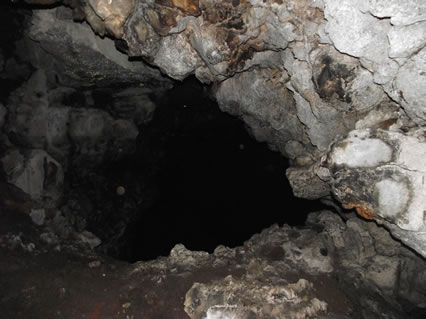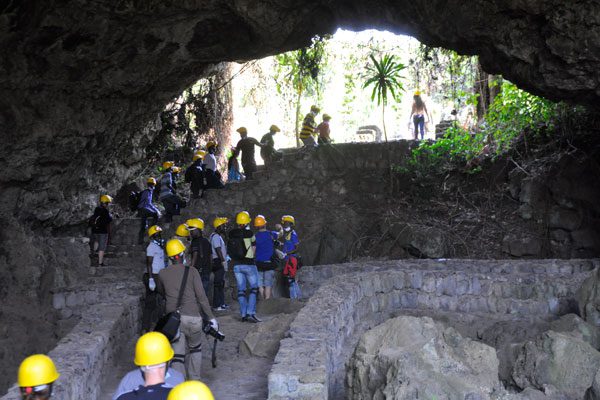Since 2013 when they became the latest addition to tourism sites in Rwanda, they have become a huge tourist attraction, drawing in huge numbers of foreign travellers and investors.
These giant caves, known as the Musanze caves, are sited in the heart of Volcanoes National Park north of the country in Musanze District.
Formed as a result of volcanic activities nearly 65 million years ago, the two-kilometre-long caves with 31 entrances are the most visited among other surveyed caves in the Northern Province of Rwanda.

Today, the caves are a must visit in Rwanda for a complete safari package, especially while on a Rwanda gorilla tour in Volcanoes National Park. Decades ago, however, these caves were used as a shelter for locals during wars and most recently, they were used as a hiding place during the 1994 Rwandan Genocide.
At least 800,000 people – ethnic Tutsis and moderate Hutus – would be killed in 100 days by Hutu militias during the 1994 Rwandan Genocide. More than two million refugees fled Rwanda, generating a humanitarian crisis.

Dozens of people, mainly from the victimized Tutsi community, reportedly hid under their beds, secret places in the roof, churches, and other hideouts to escape the mass slaughter.

It has since emerged that the Musanze caves would shelter a host of people, saving them from the violence and terror. Years later, those caves have renewed the image of a country that is building a new identity 25 years after the genocide.

Underneath Musanze, the caves cover a distance of 1.25 miles and they are believed to have been formed by lava basaltic layers that came from both Bisoke, as well as, the Sabyinyo volcanoes.
Since they were officially recognized as tourism products, the Rwanda Development Board, the agency responsible for attracting investments to the country, and the country’s military embarked on a major facelift; they set up tourist walkways, trails and stairs, as well as, paved floors to facilitate movement.

Of course, the dark interior of the caves makes it difficult to be able to describe the place but the experience of switching off the lights and standing in total darkness is magical, writes Dean Karemera in The New Times after visiting the caves.
“When you walk in, you will notice that this place is a home to a huge population of bats and you will see them hanging usually upside down in every one of those so many small rooms within the cave. On the walls, there are also different plants species that have grown on to them and that greenery spill makes it beautiful for photography,” the Volcanoes National Park adds.

Karemera also writes about seeing some personal properties which suggested that locals frequent the place. In fact, the number of tourists that visit the site has boosted the economy of Musanze district as it has seen an increase in hotels being built in the area, as well as, local craft shops where artisans sell their local paintings and handicrafts.
Most of the newly created hotels were constructed with the help of locals who also eventually find themselves as members of the staff.

The hotels also create a ready market for local agricultural products such as potatoes and cabbage, and this gives farmers a ready source of income instead of having to travel long distances to look for buyers, reports OZY.
he hotels also create a ready market for local agricultural products such as potatoes and cabbage, and this gives farmers a ready source of income instead of having to travel long distances to look for buyers, reports OZY.

Despite these huge economic benefits, locals continue to treat the caves as a part of their modern history because of the protection they gave to those who escaped the genocide, the OZY report added.
For travellers intending to go for gorilla tracking in the national park – a haven for the rare and endangered mountain gorilla and golden monkeys – Rwandan authorities advise sparing some time to visit the Musanze Caves just 2 km away from the park for a worthwhile experience.










